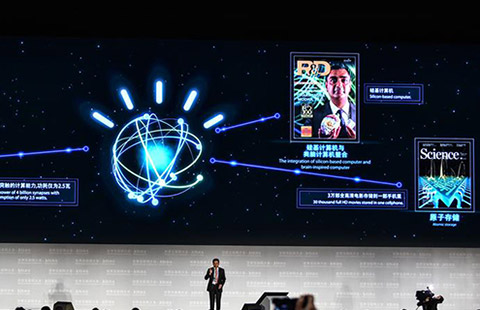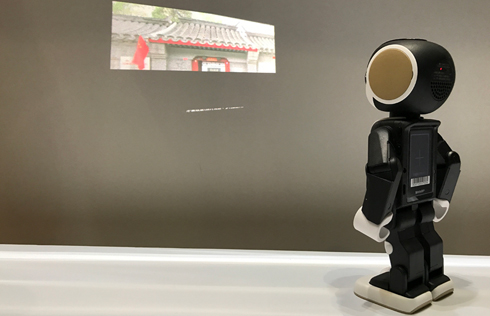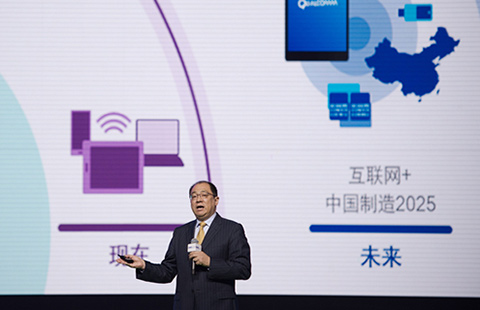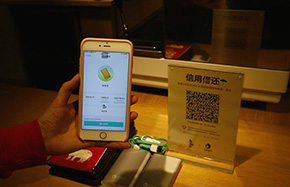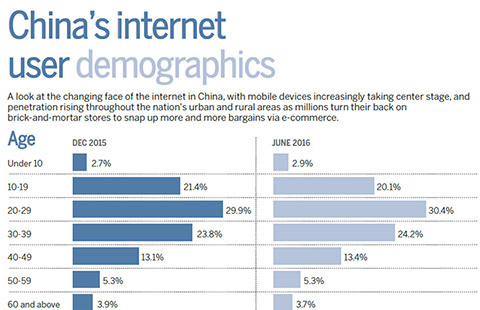E-commerce sales of consumer electronics products expanding
The worldwide consumer electronics market will be worth around $686 billion worldwide this year, but will only have marginal growth of 1.5 percent.
The slowing demand for many of the key categories and the rise of e-commerce has affected the value growth in the sector.
The share of sales from "pureplay" global online players such as Amazon, eBay and local players such as in China, Taobao and JD.com, has been growing worldwide - particularly for smaller, less complicated and cheaper products and as mobile devices and accessories are taking a growing share of the business.
Some of the giants in the pureplay space, notably Amazon and JD.com, have also become significant players in the home electronics space - TV and home audio and video devices, where typically consumer electronics specialists dominate. For these devices alone they feature in the top 10 retailer rankings on a global basis.
While pureplay retailers continue to grow strongly in all major regions, particularly fueled by growth in emerging markets such as China and India, 20 percent over the next four years of online sales from bricks-and-mortar retailers - traditional players with a physical retail presence - will witness stronger growth.
In countries such as the United Kingdom, the leading market for online electronics sales, 43 percent of all home consumer electronics products are already sold online, 34 percent of which are by multichannel retailers such as Argos and Dixons.
Online sales for these retailers now represents a significant share of their overall sales of home electronics at 40 percent plus, or closer to 70 percent in some cases, with ordering online and collecting the product in store being a significant part of online sales.
The reason for the popularity of the order-on-line and collection-in-store method is immediacy. Consumers want the product quickly, but by ordering online they can guarantee the product is in stock and so not waste a journey or their time.
To counter this convenience factor that the multichannel retailers with both an online and physical presence have, the pureplay specialists such as Amazon, are developing partnerships or a physical presence to enable faster pick ups, such as the Amazon lockers that are located in convenient locations in major cities and towns.
Currently home consumer electronics e-commerce sales in China represent over a quarter of total sales, dominated by the pureplay giants. For certain categories within home consumer electronics, such as wireless speakers, pureplay sales account for 60 percent of total sales. Other categories outside of home consumer electronics products such as headphones, a key growth segment, pureplay e-tailers already account for 68 percent of sales.
Futuresource conducted a "shopper journey" survey among 1,000 Chinese consumers who had bought or intended to buy a wireless speaker or set of headphones. It found that 64 percent of respondents who purchased a wireless speaker online actually went into a retail store to look at the product just prior to purchasing online.
Of all those who bought online, a greater choice of products and models was cited as the most important reason for shopping online, for some 57 percent of respondents.
That was closely followed by the factor of price at 51 percent, with product promotion as the third most popular reason cited, at 38 percent of those who purchased online.
The internet is also increasingly an important destination and information resource for consumers when researching about a product category and understanding what products and features are available.
In the same survey in China, 40 percent of people who had purchased headphones carried out research prior to purchase and three of the top four information sources sought were online. The top source was retailers' websites, followed by online independent reviews at No 2 position.
The fourth information source was manufacturers websites.
The third most popular source of information was word-of-mouth/recommendations from friends and family.
The internet is rapidly becoming an integral and natural way for consumers to research and order products - physical retailers need to reinvent their proposition to compete and be a destination of choice for electronics products.
The author is associate director of Consumer Electronics, Futuresource Consulting







